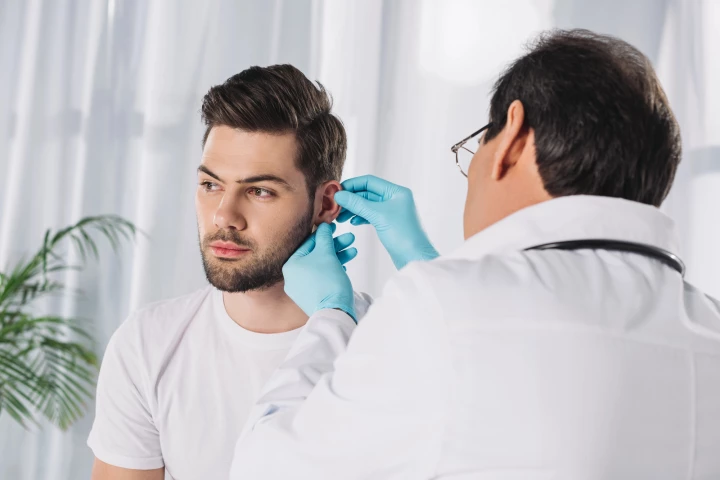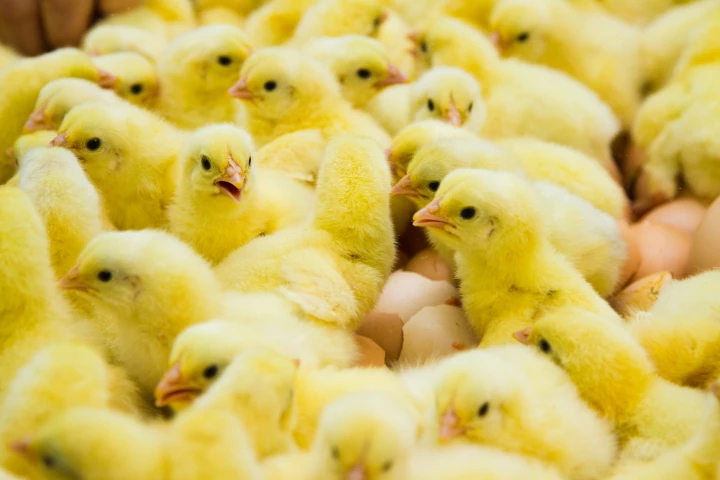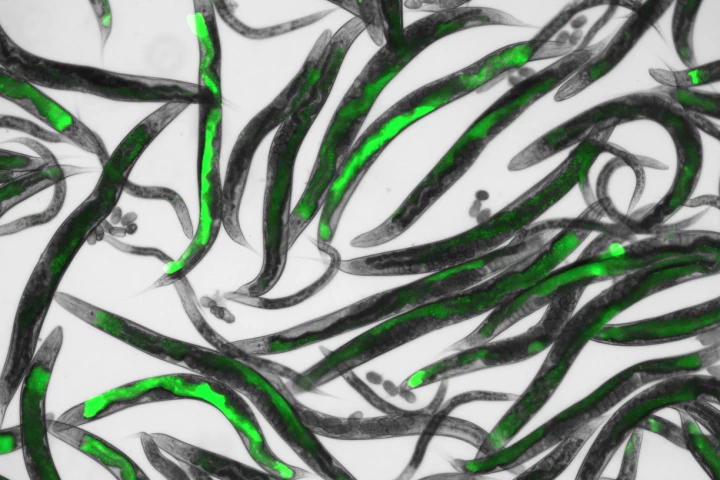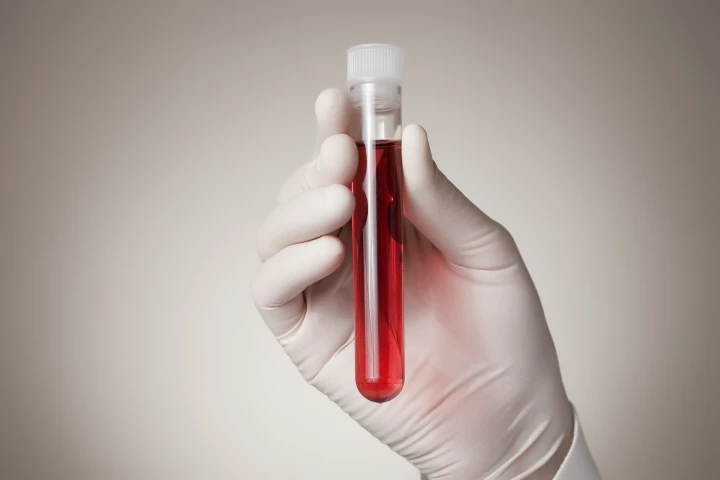Volatile Organic Compounds
-
Catching the onset of Parkinson's Disease early can be critical to slowing the disease's progression and improving a patient's life. A new test that uses nothing more than a sample of someone's ear wax is set to do exactly that.
-
Most people already know that house plants such as pothos help neutralize indoor air pollutants. In the near future, however, a special coating applied to lampshades could serve much the same purpose.
-
When we’re sick, we produce compounds that waft around us that dogs can smell. Over the years, the number of diseases that dogs can detect has grown. Here are eight diseases that our furry friends are particularly good at sniffing out.
-
As climate change, market demand and other variables impact vino supply and quality, winemakers have turned to using ultrasound on grapes to get a better drop. Now, for the first time, scientists have studied its effects on the increasingly popular rosé.
-
Every day in hen hatcheries around the world, all male chicks are tossed alive into a grinder. A new system could keep those chicks from ever existing, by analyzing the scent of eggs to ascertain the sex of the embryo inside.
-
Although the air in our homes or workplaces may seem OK, it might contain harmful compounds emitted by materials like particleboard and carpeting. New research suggests that we may soon be able to tell if that is the case, using tiny glowing worms.
-
While wearable sensors can detect airborne toxins in the user's environment, any one device can usually only identify a few such substances. A potentially much more useful new sensor, however, can reportedly detect over 100 at once.
-
Researchers at the University of Pennsylvania have developed an electronic nose that may be able to sniff out signs of cancer from blood plasma samples. In tests, the device was able to detect a range of cancer types with over 90 percent accuracy.
-
A study is offering the most comprehensive demonstration into how volatile organic compounds can spread throughout indoor environments from cigarette smokers’ clothing and bodies, however, the health risks from this kind of exposure are still unclear.
-
Esophageal cancer is a difficult one to detect during its early stages, but a new type of breath test developed by scientists in the Netherlands could offer a cheap and non-invasive way to screen populations for susceptibility to the disease.
-
Knowing where harmful airborne pollutants are and in what concentrations would be an invaluable capability, and one that a team of Rice University scientists is making great headway on with their autonomous gas-sensing drones.










